National Symbols and Civic Engagement Lesson Plan
Lesson Overview
Topic
This lesson will help students develop their speaking abilities via poster presentations on the theme "National Symbols". Besides speaking Students will work on listening and reading for main ideas. on writing Students will learn to link their main and supporting ideas together.
Description
The lesson will inform participants about national symbols, their role in the society and their history in becoming the national symbols. The total time to complete this lesson is 90 minutes; however, longer class periods can be filled with extended independent practice activities. This lesson can be completed in a single session, but assessment will require an additional class period.
Student Characteristics
Student Group
Access students (13-16 years old) and STEM students (19-23 years old ) who have English classes 3 times a week.
Group size: Up to 16.
Skill and Language Level
Elementary
proficiency level A2/B1-
Some students are pre-intermediate.
Students are better at reading and quite poor at speaking fluently.
Curriculum Alignment with Learning Outcome(s)
Supported Outcomes
Students will be able to introduce their national symbols and talk about symbols of the other cultures
Student Learning Objectives
Students will be able to:
-explain what the National symbols are;
-explain the role of National symbols in the life of the nation;
-use information from the text and video to participate in small group and whole class discussion;
-present national symbols with their teams.
Students will:
-investigate different national symbols
-use contextual, grammatical, and lexical units that convey the meaning in the video
Teaching Materials
Materials: Pictures of the symbols of the world, poster, glue, fly swatter,
handouts
Technology Requirements: Speaker, overhead projector
Lesson Plan
This section will include all the information necessary to execute the different steps and activities of the lesson plan.
Lead-in
Time: 10-15 min.
Materials: Pictures of the symbols of the world, poster, glue, fly swatter
Objectives:
-find out the background knowledge of the students and lead to the theme
Interaction: whole class
Preparation: required
Questions for discussion:
What is symbol?
What kind of symbols do you know?
Why do people need symbols?
T sticks pictures of the symbols of the world on the poster before the lesson.
Teacher sticks ready-made poster of the blackboard and divide the class into two groups. The group that first finds the symbol on the poster should take the fly swatter and swat it. If it was wrong the second group will be given a chance to do it. After the group should give information of the symbols as much as they know. In case the group doesn’t know the second group can help them. Scoring: 1 point for swatting the right symbol and 1 point for giving information.
Pictures to use:
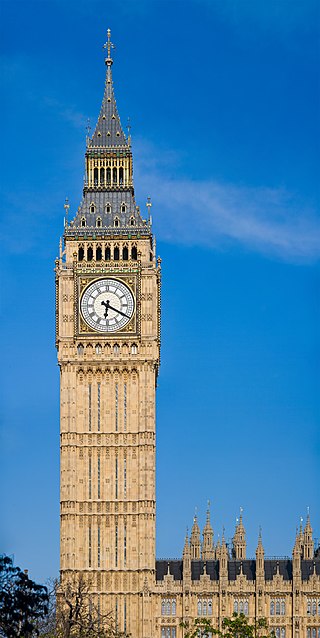
Big Ben
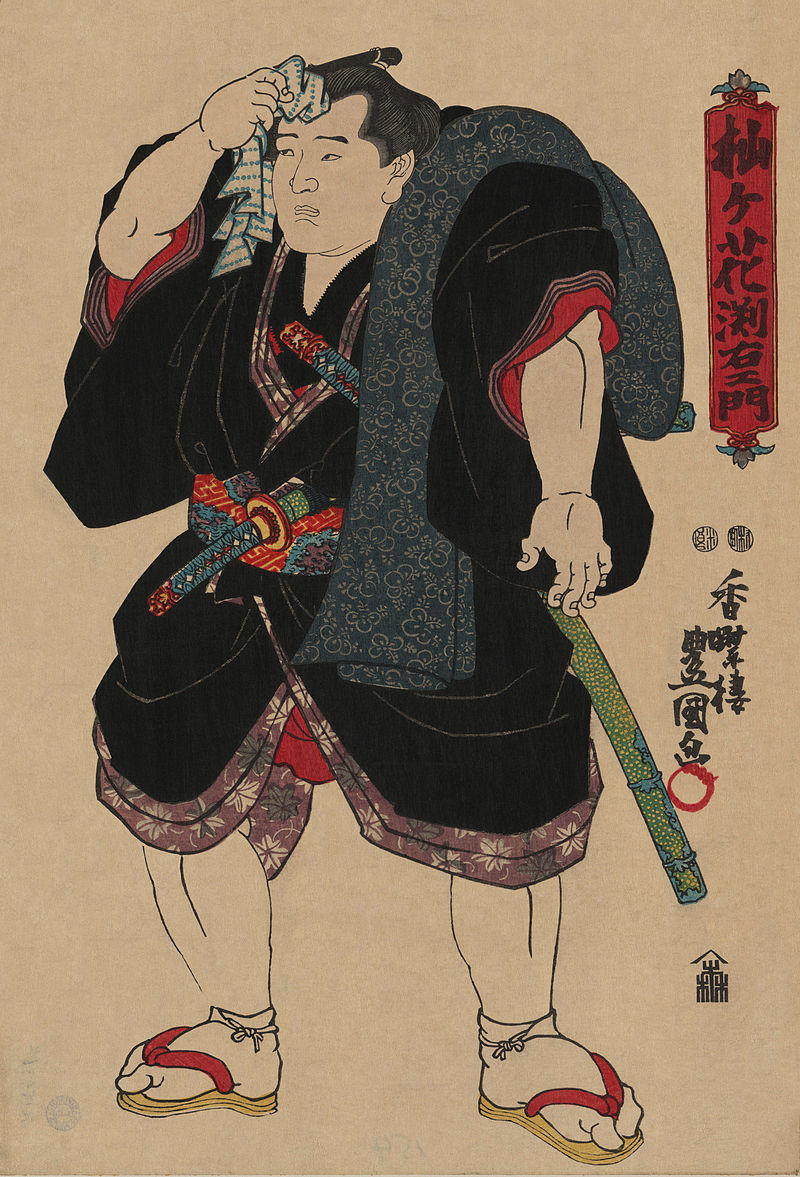
Sumo, Japan.
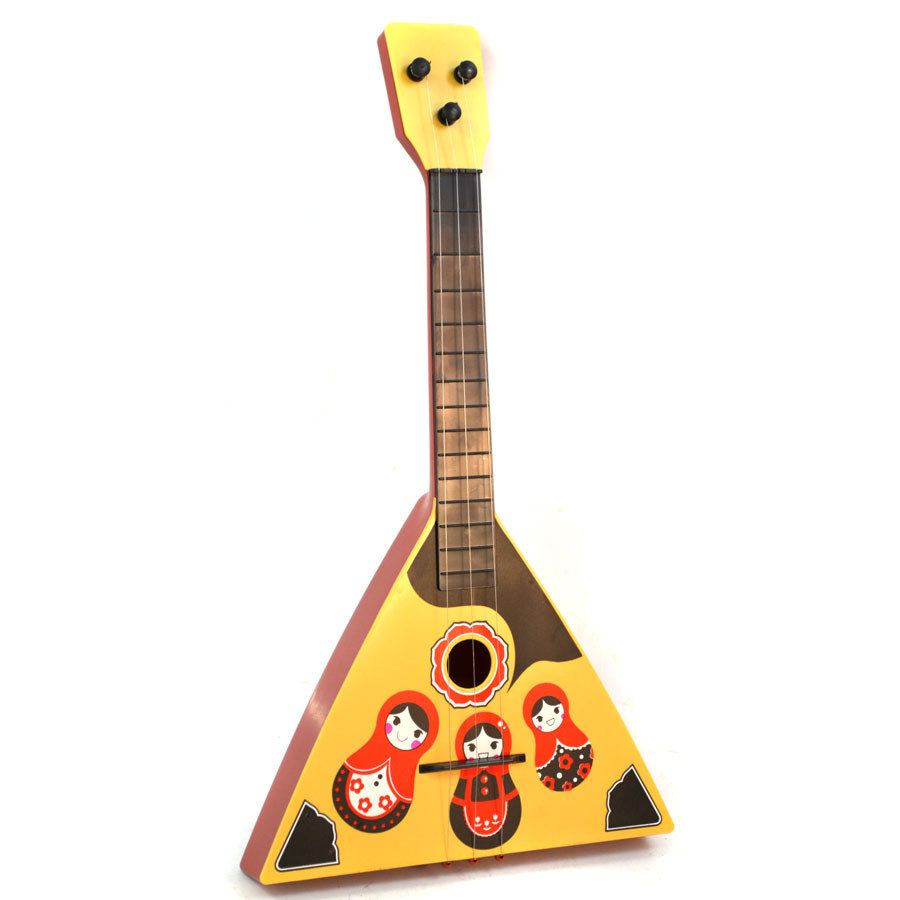
Balalayka
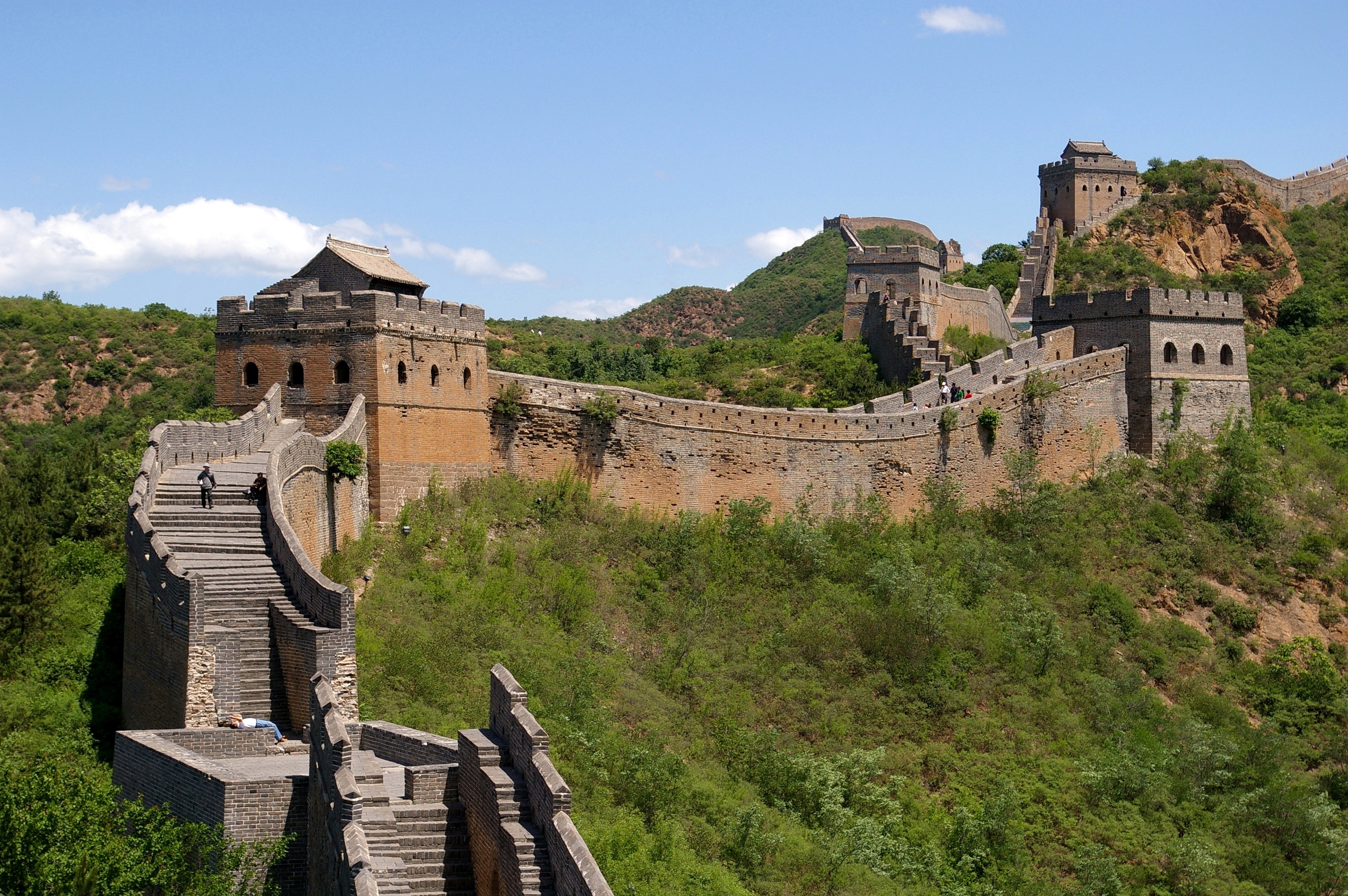
Great Wall
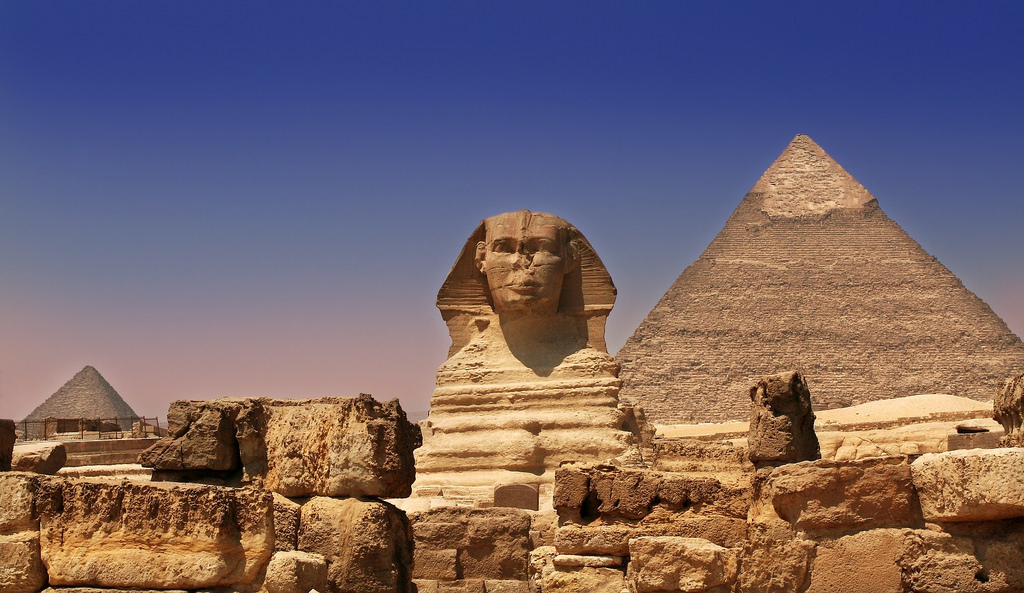
Pyramids
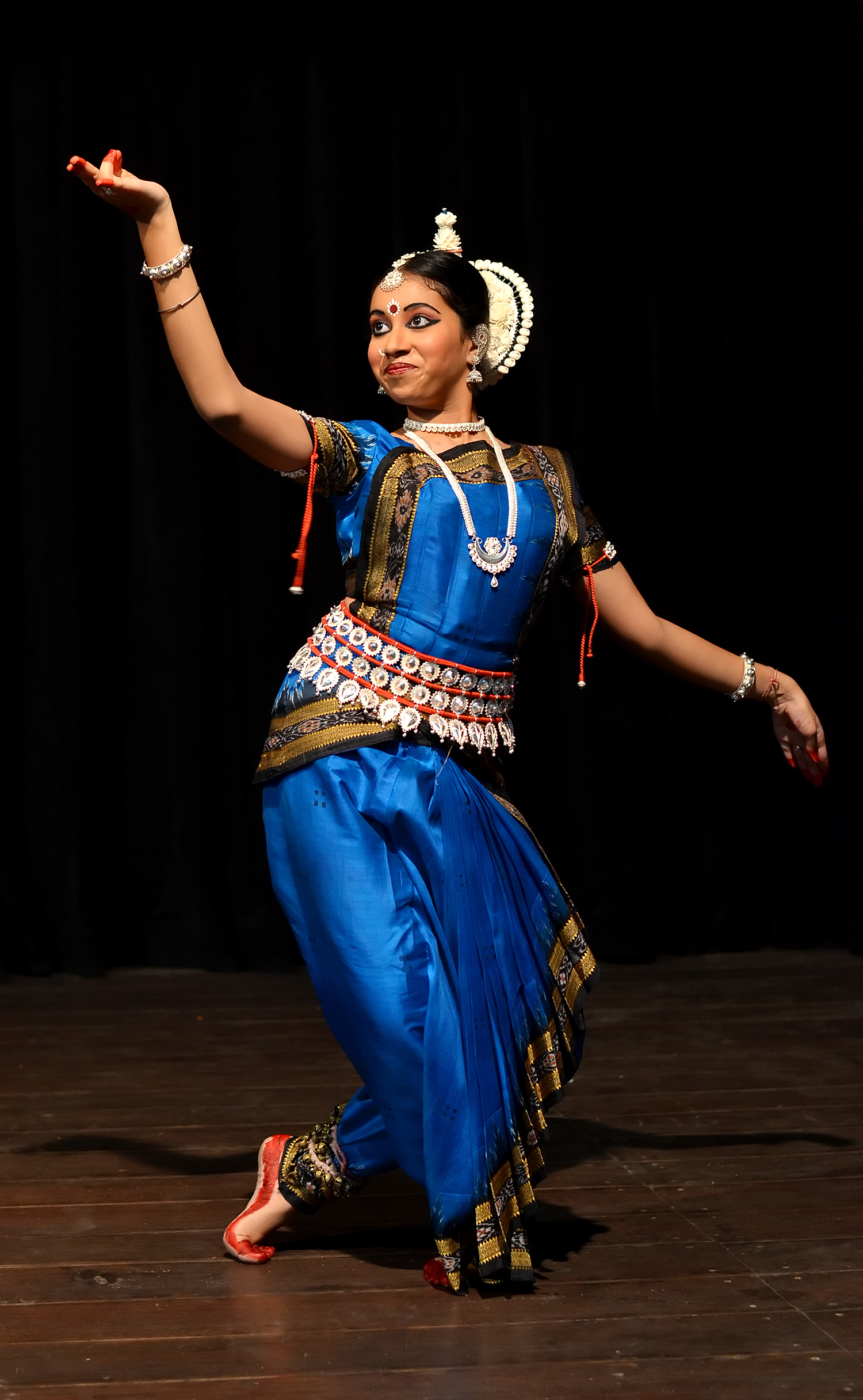
Indian clothing
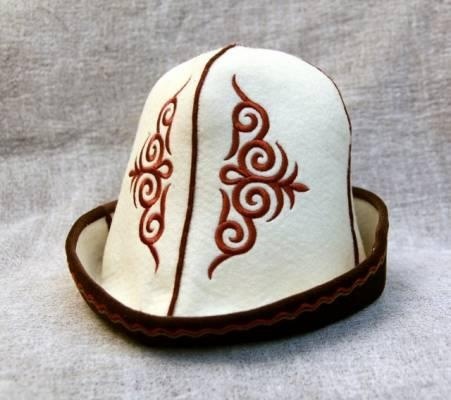
Kalpak, Kyrgyzstan
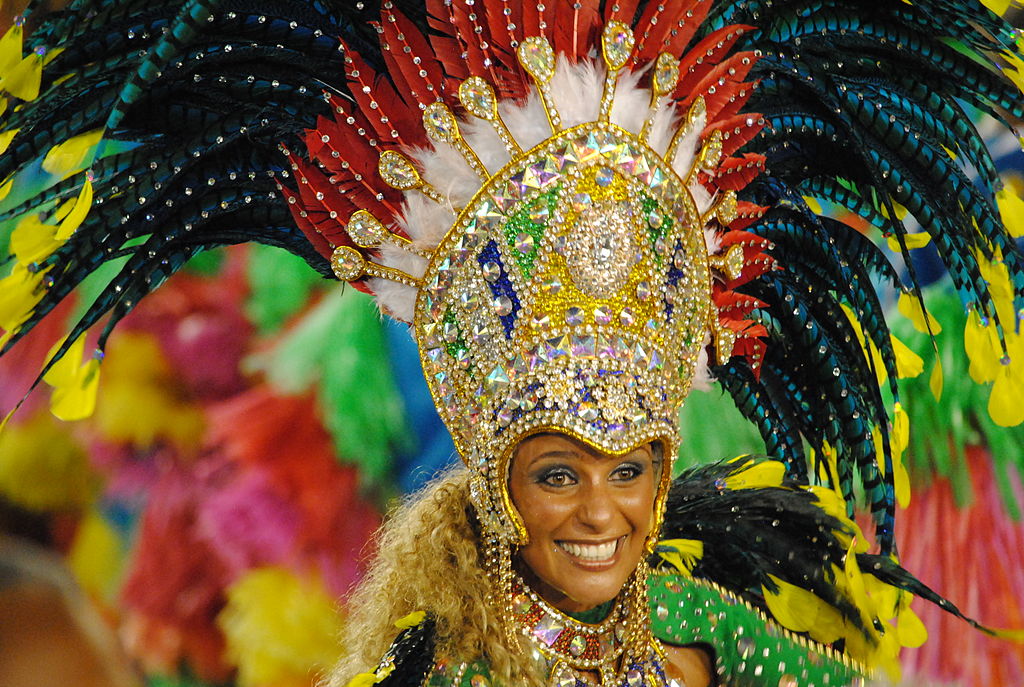
Carnival, Brazil
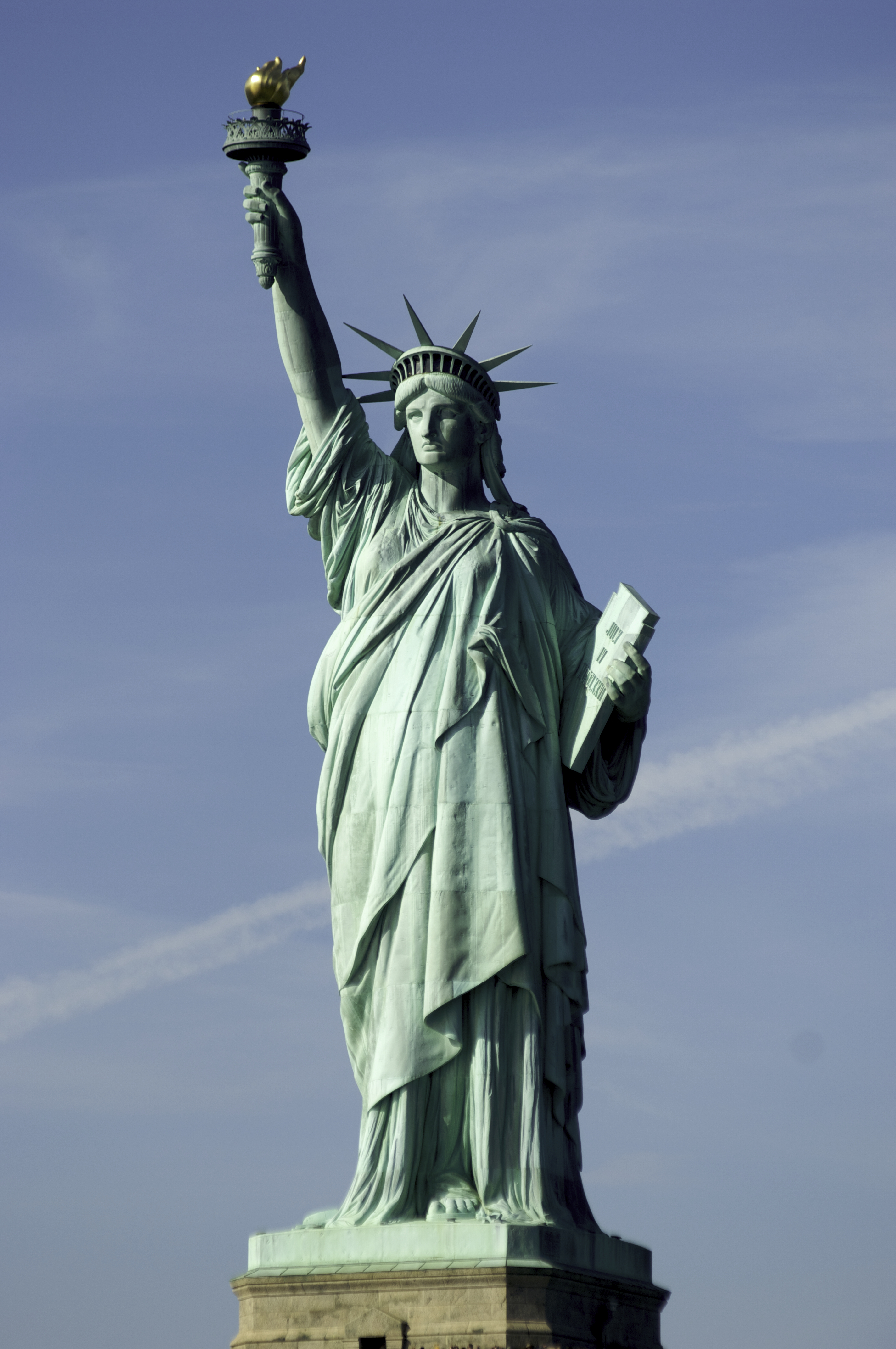
Statue of Liberty
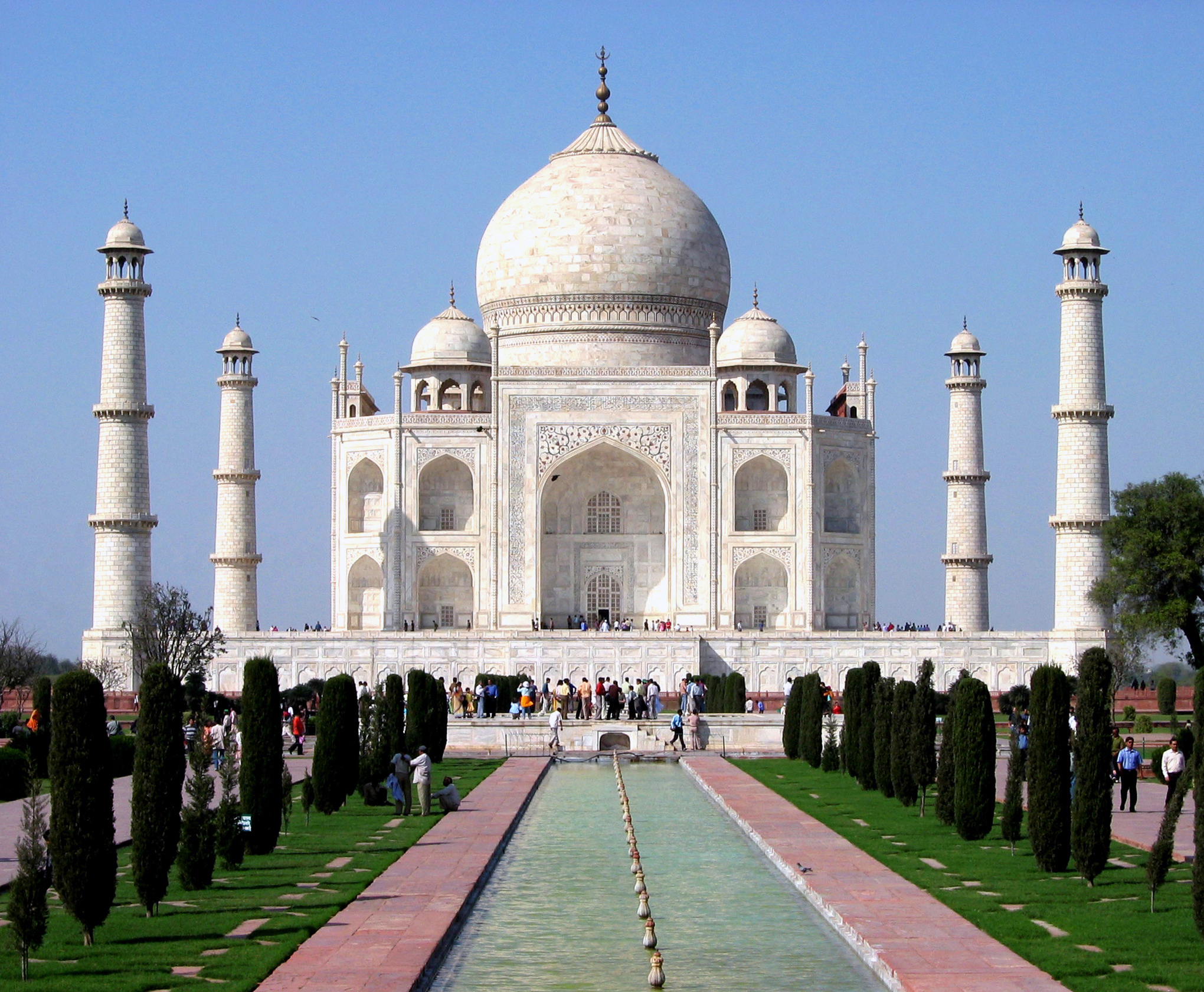
Taj Mahal
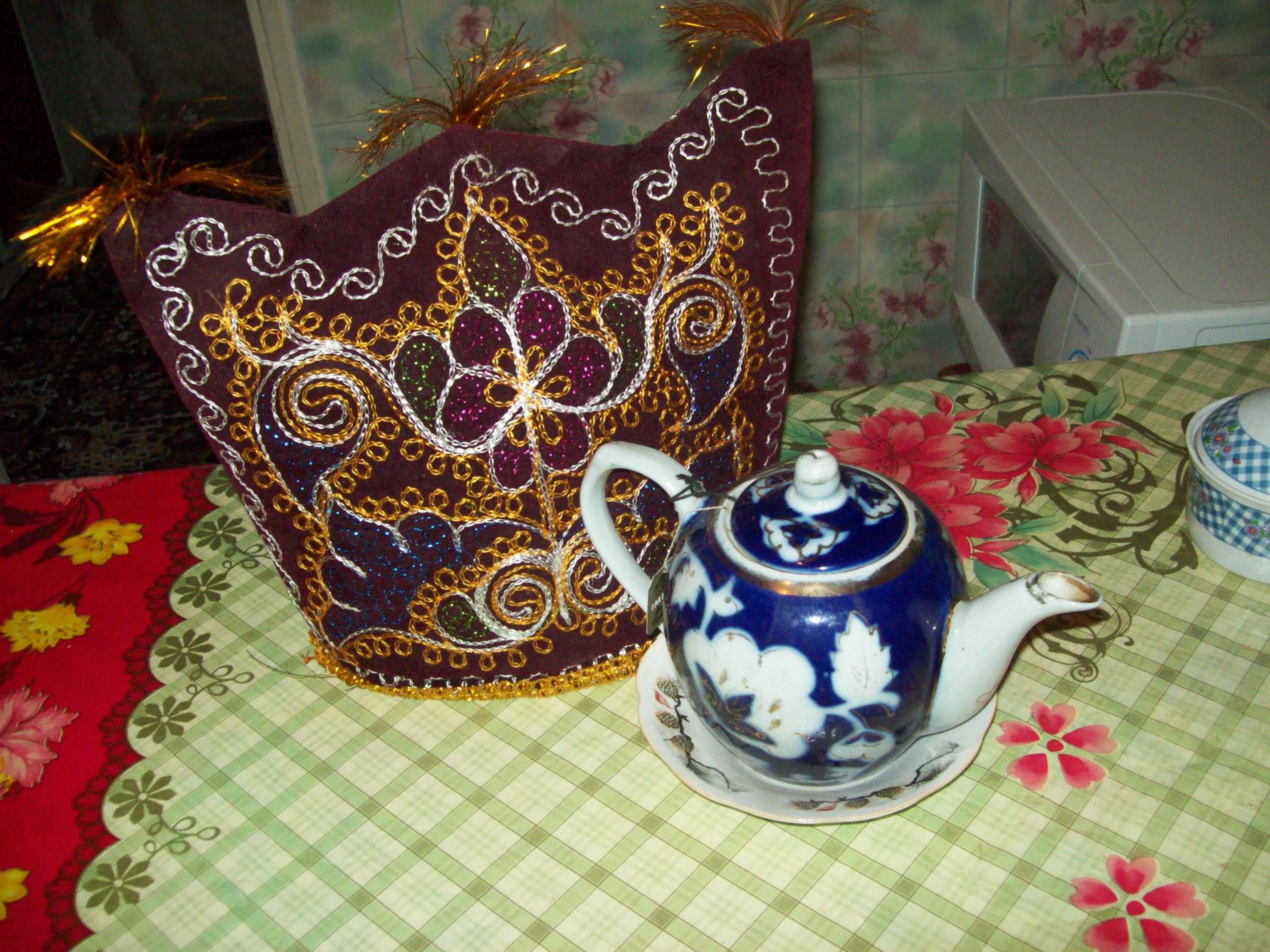
Cotton, Uzbekistan
Activity flow 1
Activity A Pre-listening
Time: 8-10 min.
Materials: Handout 1
Objectives:
Students will familiarize themselves with the unknown vocabulary
Interaction: Individual, small group, whole class.
Process:
Teacher asks students to match the words with their definitions.
Teacher asks students to compare their answers.
Whole class checking.
|
Words |
Definitions |
|
a. Liberty |
1. the right to do what you want without being controlled or restricted by anyone |
|
b. Symbol |
2. to show that an event or occasion is important by doing something special or enjoyable |
|
c. Freedom |
3. a very narrow space between two things or two parts of something |
|
d. Celebrate |
4. a picture or shape that has a particular meaning or represents a particular organization or idea |
|
e. Declaration |
5. an important official statement about a particular situation or plan, or the act of making this statement |
|
f. Crack |
6. the freedom and the right to do whatever you want without asking permission or being afraid of authority |
|
g. Space-ship |
7. to give someone or something the same name as another person or thing |
|
h. Name after |
8. a piece of metal, usually flat and around, that is used as money |
|
i. Coin |
9. a vehicle that is designed to go into space and return to Earth |
Activity B. While listening
Time: 8-10 min.
Materials: Handout 2
Listening Material:
Objectives:
Students will listen for main idea.
Interaction: Individual, pair group, whole class.
Process:
Teacher asks students to answer the questions while listening:
1. What is the video about?
2. What does it symbolize?
3. Why did people need it?
Teacher explains the importance of the symbols in the life of the nation to summarize.
Activity Flow 2
Time: 20-30 min.
Materials: Handout 3, Handout 4.
Objectives:
Interaction: Individual, small group, whole class.
Process:
Teacher asks what symbols do people have to symbolize their nation in the world stage and write answers on the blackboard.
Teacher divides the class into groups 3 or 4. Each group gets one passage.
Teacher asks them to read the text, underline the words they don’t know and find their meaning from the dictionary.
Whole class discussion on vocabulary.
Teacher asks to read the passage and fill in the Summary sheet
Teacher asks students to share the main ideas of the passage with their group mates.
Teacher assigns each member in the group a Number 1-4. Teacher asks all 1s to be in one group, 2s in another and etc.
Whole class discussion on the passages. Teacher asks questions about the passages.
Handout 3
Passage A National Flag of the USA
Possible vocabulary
consist of hardiness pattern purity designer represent
star valor innocence vigilance perseverance
stripe justice union stand for
National flag consists of white stars (50 since July 4, 1960). It has 13, 7 red and 6 white. The 50 stars stand for the 50 states of the union, and the 13 stripes stand for the original 13 states.
Color Symbolism
- Red symbolizes Hardiness and Valor.
- White symbolizes Purity and Innocence.
- Blue represents Vigilance, Perseverance and Justice.
The designer of the flag is most likely Congressman Francis Hopkinson, a signer of the Declaration of Independence from Philadelphia. Today that pattern is popularly known as the “Betsy Ross flag”.
Passage B National Seal of the USA
Possible vocabulary
Approve
Reflect Belief Value Pass
Descendent Scroll Beak
Motto Talon Create
Arrow Branch Cover Breast Shield, Rely on, Purity,
Innocence,
Hardiness, Valour, Justice,
Constellation, Denote, Contain, Declare, Base,
Effort
The Great Seal was approved on June 20, 1782. It reflects the beliefs and values of the Founding Fathers who wanted to pass on to their descendants.
Bald Eagle is a national bird holds a scroll in its beak written a national motto: “E Pluribus Unum” that means “one from many” or “one from many parts” (one nation created from 13 colonies). The eagle has an olive branch in its right talon and thirteen arrows in its left. The olive branch and arrows are symbols for the power of peace and war.
Shield with thirteen red and white stripes covers the eagle`s breast. The shield is supported only with the American eagle as a symbol that Americans rely on themselves. The red and white stripes represent the states united under and supporting blue, which represents the President and Congress. White means purity and innocence; red means hardiness and valour; blue means justice.
Cloud above the eagle`s head surrounds thirteen stars which form a constellation. The constellation denotes that a new State is taking its place among other nations.
Pyramid contains 13 steps with the year 1776 in Roman numerals at the base. (the year independence was declared)
Eye is at the top of the pyramid is the Eye of Providence. “Annuit Coeptis” means “He supports our efforts”.
Scroll that is below the pyramids
reads “Novus Ordo Seclorum”. That means “New Order of the Ages” which refers to
1776 as the beginning of the American new era.
Passage C Statue of Liberty
Possible vocabulary
harbor
torch tyranny pedestal
copper
The Statue of Liberty is a large statue that stands on Liberty Island in New York Harbor. The statue was a gift from the people of France. It has become one of the most iconic symbols of the United States of America.
The statue represents the freedom and liberty of the United States democracy. The figure is modeled after a Roman goddess named Libertas. The torch she holds high represents the enlightenment of the world. There are also broken chains at her feet that symbolize the United State breaking free from tyranny. She holds a tablet in her left hand that represents the law and has July 4, 1776 inscribed on it in Roman numerals.
The height of the statue from the base to the tip of the torch is 46 meters. If you include the pedestal and the foundation, she is 93 meters. This is about the height of a 30 story building.
The
project to build the Statue of Liberty was announced in France in 1875. The arm
and torch were constructed first and were displayed at the Centennial
Exhibition in Philadelphia in 1876. The head was completed next and shown at
the 1878 Paris World's Fair. The rest of the statue was built in sections over
several years.
In 1885, the sections of the statue were shipped to the United States.
The assembly of the statue began in April of 1886. First the iron frame was
built and then the copper pieces were put over the top. The statue was finally
completed and dedicated on October 28, 1886.
Today, the Statue of Liberty is part of the U.S National Park Service. It is one of the most popular tourist destinations in the United States. Around 4 million people visit the monument each year. It is free to visit, but there is a cost to take the ferry to the island. If you want to climb to the top, be sure to get your tickets early as only 240 people each day are allowed to climb to the crown.
Passage D White House
Possible vocabulary
oversee
approximately mansion surface
recreation
The White House was built to house the President of the United States. It has stood as a symbol of the Presidency for more than 200 years. In December 1790, President George Washington signed an act of Congress. He oversaw construction of the White House, but he never lived there! President John Adams was the very first president to move into the House. Approximately 6000 people visit the White House each day.
There are 132 rooms, 35 bathrooms, and 6 levels to accommodate all the people who live in, work in, and visit the White House. There are also 412 doors, 147 windows, 28 fireplaces, 8 staircases, and 3 elevators. The White House has six floors—two basements, two public floors, and two floors for the First Family. At various times in history, it has been known as the "President's Palace," the "President's House," and the "Executive Mansion." President Theodore Roosevelt officially gave the White House its current name in 1901. With five full-time chefs, the White House kitchen is able to serve dinner to as many as 140 guests. The White House requires 570 gallons of paint to cover its outside surface. For recreation, the White House has a variety of facilities available to its residents, including a tennis court, a jogging track, a swimming pool, a movie theater, a billiard room, and a bowling lane.
The White House is no ordinary house! It stands for freedom and democracy. It is also a symbol of American president, country's history, and the American people.
Handout 4.
Summary sheet
The _____________________________ symbolizes ____________________
__________________________________________________________________
It contains ________________________________________________________
__________________________________________________________________
__________________________________________________________________
________________________________________________________________________________________________________________________________________________________________________________________________________________________________________________________________________.
______________ represents __________________________________________
____________________________________________________________________________________________________________________________________.
______________ represents __________________________________________
____________________________________________________________________________________________________________________________________.
It is important because ______________________________________________
______________________________________________________________________________________________________________________________________________________________________________________________________.
Homework/Assessment
Students remains in group and are supposed to prepare Poster Presentation on the National Symbols. One symbol per group.
Assessment specification. Teacher worksheet
Name of the students:
Date
Theme:
Group:
|
Needs to improve |
Criteria |
Good at… |
|
|
Time |
|
|
|
Group work |
|
|
|
Used vocabulary from the lesson |
|
|
|
Give description to the symbol |
|
|
|
Give explanation to the symbol |
|
|
|
Explain the role of National symbols in the life of the nation
|
|
|
|
Voice |
|
|
|
Body language |
|
|
|
Poster Design |
|
Student worksheet
Name:
Group:
Theme:
The presentation was interesting 3 2 1
The presentation was informative 3 2 1
I like ______________________________________________________________
________________________________________________________________________________________________________________________________________________________________________________________________________________________________________________________________________
My Suggestion _____________________________________________________
________________________________________________________________________________________________________________________________________________________________________________________________________________________________________________________________________